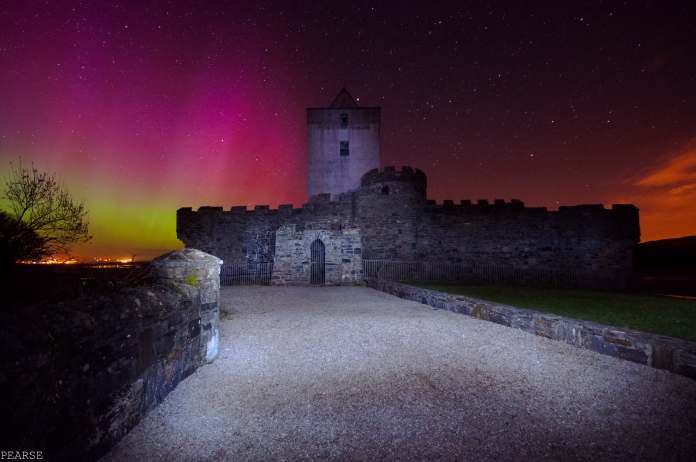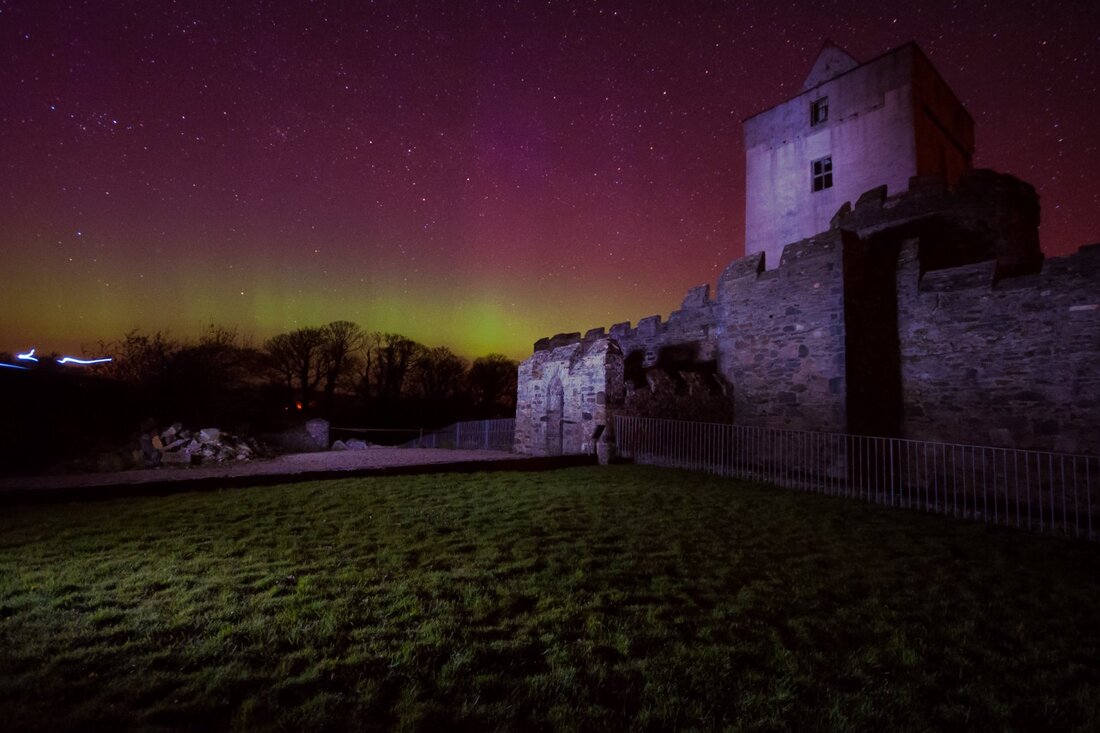NORTHERN LIGHTS / AURORA BOREALIS DONEGAL
County Donegal, being the most northerly county in Ireland, is the best place in the entire country to view the Northern Lights or Aurora Borealis.
What are they? Space.com explain:
"Though it was Italian astronomer Galileo Galilei who coined the name "aurora borealis" in 1619 — after the Roman goddess of dawn, Aurora, and the Greek god of the north wind, Boreas — the earliest suspected record of the northern lights is in a 30,000-year-old cave painting in France(opens in new tab).
Since that time, civilizations around the world have marveled at the celestial phenomenon, ascribing all sorts of origin myths to the dancing lights. One North American Inuit legend(opens in new tab) suggests that the northern lights are spirits playing ball with a walrus head, while the Vikings thought the phenomenon was light reflecting off the armor of the Valkyrie, the supernatural maidens who brought warriors into the afterlife.
Early astronomers also mentioned the northern lights in their records. A royal astronomer under Babylon's King Nebuchadnezzar II inscribed his report of the phenomenon on a tablet dated to 567 B.C., for example, while a Chinese report from 193 B.C. also notes the aurora, according to NASA(opens in new tab).
The science behind the northern lights wasn't theorized until the turn of the 20th century. Norwegian scientist Kristian Birkeland proposed that electrons emitted from sunspots produced the atmospheric lights after being guided toward the poles by Earth's magnetic field. The theory would eventually prove correct, but not until long after Birkeland's 1917 death."
What are they? Space.com explain:
"Though it was Italian astronomer Galileo Galilei who coined the name "aurora borealis" in 1619 — after the Roman goddess of dawn, Aurora, and the Greek god of the north wind, Boreas — the earliest suspected record of the northern lights is in a 30,000-year-old cave painting in France(opens in new tab).
Since that time, civilizations around the world have marveled at the celestial phenomenon, ascribing all sorts of origin myths to the dancing lights. One North American Inuit legend(opens in new tab) suggests that the northern lights are spirits playing ball with a walrus head, while the Vikings thought the phenomenon was light reflecting off the armor of the Valkyrie, the supernatural maidens who brought warriors into the afterlife.
Early astronomers also mentioned the northern lights in their records. A royal astronomer under Babylon's King Nebuchadnezzar II inscribed his report of the phenomenon on a tablet dated to 567 B.C., for example, while a Chinese report from 193 B.C. also notes the aurora, according to NASA(opens in new tab).
The science behind the northern lights wasn't theorized until the turn of the 20th century. Norwegian scientist Kristian Birkeland proposed that electrons emitted from sunspots produced the atmospheric lights after being guided toward the poles by Earth's magnetic field. The theory would eventually prove correct, but not until long after Birkeland's 1917 death."
These two dramatic photographs taken at Doe Castle have been kindly supplied here by Pearse Mac @TirChonaillAbu on twitter. (If you have photographs taken in Donegal, contact us via CONTACT.)

